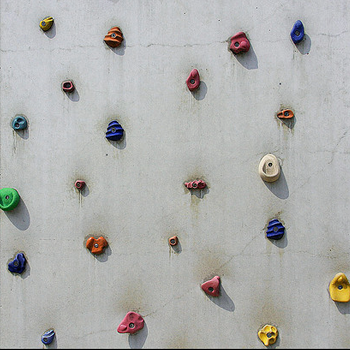Question #93d8b
1 Answer
Explanation:
First, let me give you 2 equations which are going to be useful in helping us solve this problem
Where
The image formed is a real image and is double in size compared to the object. One thing to understand about real images is that when you have a real image, it is always inverted (upside down) .

